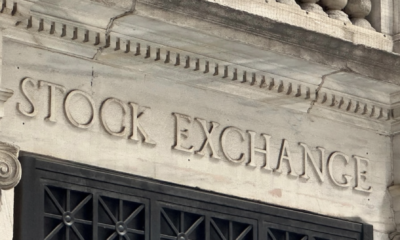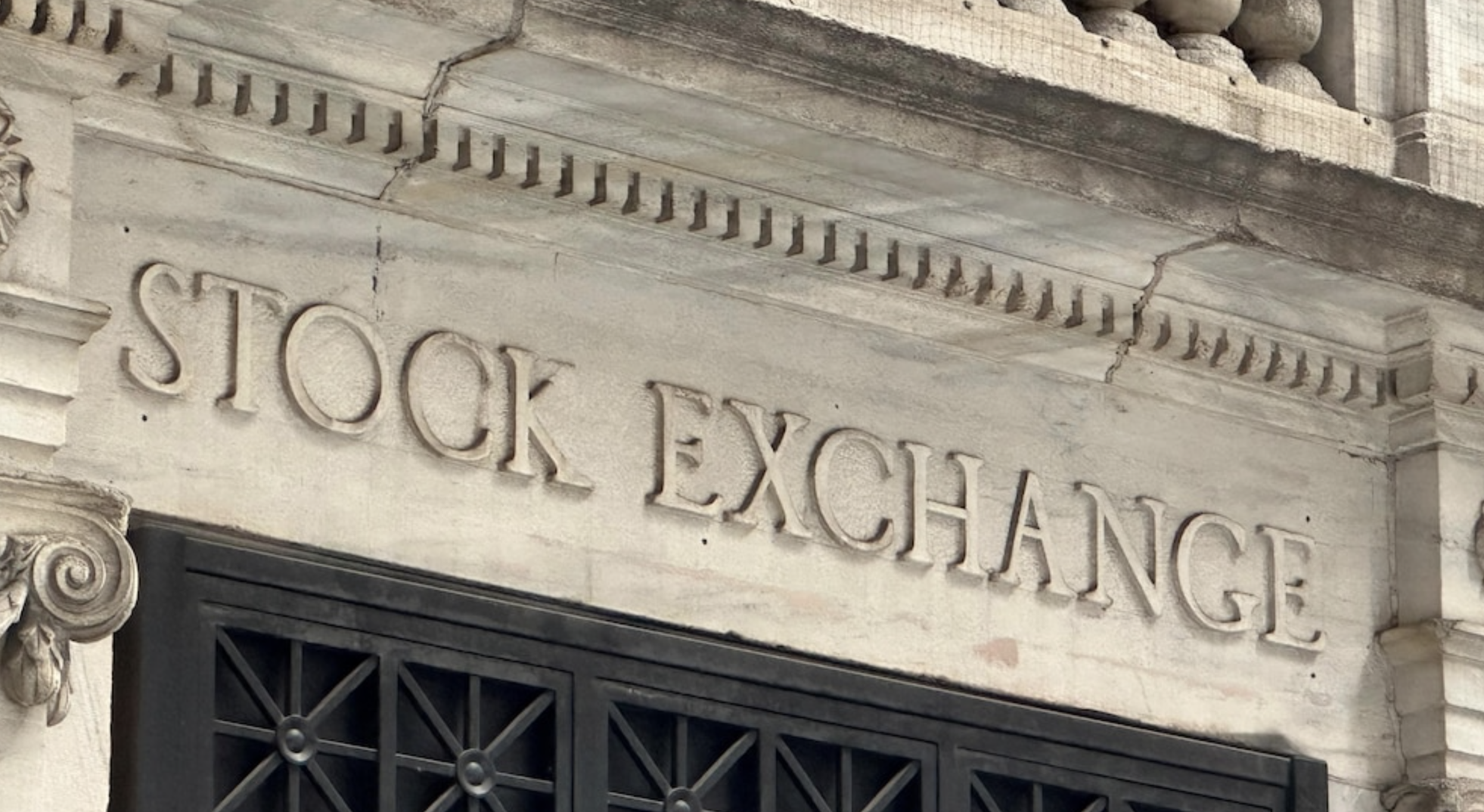Let’s face it, the market is on a wild ride. From geopolitics to inflation, news headlines are enough to send even the most seasoned investor running for the hills. But before you hit the panic button, take a deep breath and remember: volatility is a normal part of the investment cycle. The key is staying calm and employing smart strategies to weather the storm.
Here are some actionable tips to help you navigate a volatile market:
1. Know Your Risk Tolerance:
This is rule number one, especially in uncertain times. Be honest with yourself about how much risk you’re comfortable with. If you can’t stomach significant swings in your portfolio value, consider a more conservative asset allocation. This might involve increasing your exposure to bonds and cash equivalents while reducing your holdings in stocks.
2. Diversification is Your Best Friend:
Don’t put all your eggs in one basket. Spread your investments across different asset classes (stocks, bonds, real estate) and sectors (technology, healthcare, consumer staples). This way, if one sector takes a hit, others can help balance it out.Consider using low-cost index funds to achieve instant diversification across a broad market segment.
3. Stay Invested for the Long Term:
Market downturns are inevitable, but they’re also temporary. History shows that the stock market has always trended upwards over the long term. Resist the urge to make impulsive decisions based on short-term fluctuations. Focus on your long-term goals (retirement, education) and stick to your investment plan.
4. Rebalance Your Portfolio Regularly:
Over time, the weightings of your investments can drift away from your target allocation. Periodically rebalance your portfolio to ensure it reflects your risk tolerance and investment goals. This might involve selling some of your outperforming assets and buying more of the ones that have lagged.
5. Don’t Let Emotions Cloud Your Judgment:
It’s natural to feel anxious when the market is volatile. However, letting emotions dictate your investment decisions can be disastrous. Focus on facts and data, not fear and panic. Remember, downturns present opportunities to buy quality assets at a discount.
6. Dollar-Cost Averaging is Your Ally:
This strategy involves investing a fixed amount of money at regular intervals, regardless of the market’s direction. This helps you average out your cost per share over time and reduces the impact of market volatility.
7. Stay Informed, But Don’t Overload:
Keep yourself informed about major economic and financial news, but avoid getting bombarded with a constant stream of market updates. Excessive information can lead to information overload and impulsive decisions. Focus on credible sources and set aside specific times to check the news.
8. Seek Professional Guidance (If Needed):
If navigating a volatile market feels overwhelming, consider seeking professional guidance from a qualified financial advisor. They can help you develop a personalized investment plan that aligns with your risk tolerance and financial goals.
Remember: Volatility is a test of your investment discipline. By staying calm, sticking to your plan, and employing smart strategies, you can weather the storm and emerge stronger on the other side.

 Business2 years ago
Business2 years ago
 Tech2 years ago
Tech2 years ago
 Business2 years ago
Business2 years ago
 Business2 years ago
Business2 years ago
 Business2 years ago
Business2 years ago
 Business2 years ago
Business2 years ago
 News2 years ago
News2 years ago
 Politics2 years ago
Politics2 years ago






 Bitcoin
Bitcoin  Ethereum
Ethereum  Tether
Tether  XRP
XRP  USDC
USDC  TRON
TRON  Lido Staked Ether
Lido Staked Ether  Dogecoin
Dogecoin  Cardano
Cardano  Bitcoin Cash
Bitcoin Cash  WhiteBIT Coin
WhiteBIT Coin  Wrapped Bitcoin
Wrapped Bitcoin  Wrapped eETH
Wrapped eETH  Chainlink
Chainlink  LEO Token
LEO Token  Monero
Monero  Stellar
Stellar  Zcash
Zcash  Sui
Sui  Ethena USDe
Ethena USDe  Litecoin
Litecoin  Avalanche
Avalanche  Hedera
Hedera  Shiba Inu
Shiba Inu  Toncoin
Toncoin  Dai
Dai  Cronos
Cronos  PayPal USD
PayPal USD  Uniswap
Uniswap  Polkadot
Polkadot  Mantle
Mantle  Pepe
Pepe  Bittensor
Bittensor  Aave
Aave  OKB
OKB  Tether Gold
Tether Gold  NEAR Protocol
NEAR Protocol  Ethereum Classic
Ethereum Classic  Ethena
Ethena  Internet Computer
Internet Computer  PAX Gold
PAX Gold  Wrapped SOL
Wrapped SOL  Worldcoin
Worldcoin  KuCoin
KuCoin  Aptos
Aptos  Ondo
Ondo  Rocket Pool ETH
Rocket Pool ETH  Gate
Gate  Arbitrum
Arbitrum  Algorand
Algorand  Cosmos Hub
Cosmos Hub  Render
Render  Filecoin
Filecoin  VeChain
VeChain  Bonk
Bonk  NEXO
NEXO  USDD
USDD  Liquid Staked ETH
Liquid Staked ETH  Mantle Staked Ether
Mantle Staked Ether  Sei
Sei  Renzo Restaked ETH
Renzo Restaked ETH  Jupiter
Jupiter  PancakeSwap
PancakeSwap  Artificial Superintelligence Alliance
Artificial Superintelligence Alliance  Stacks
Stacks  Curve DAO
Curve DAO  Optimism
Optimism  Tezos
Tezos  Lido DAO
Lido DAO  FLOKI
FLOKI  Injective
Injective  Dash
Dash  Aerodrome Finance
Aerodrome Finance  TrueUSD
TrueUSD  Ether.fi
Ether.fi  ether.fi Staked ETH
ether.fi Staked ETH  Celestia
Celestia  Marinade Staked SOL
Marinade Staked SOL  Stader ETHx
Stader ETHx  Chiliz
Chiliz  IOTA
IOTA  The Graph
The Graph  Starknet
Starknet  BitTorrent
BitTorrent  JUST
JUST  Coinbase Wrapped Staked ETH
Coinbase Wrapped Staked ETH  JasmyCoin
JasmyCoin  Ethereum Name Service
Ethereum Name Service  Conflux
Conflux  Pyth Network
Pyth Network  Bitcoin SV
Bitcoin SV  dogwifhat
dogwifhat  Trust Wallet
Trust Wallet  Gnosis
Gnosis  Pendle
Pendle  AINFT
AINFT  GALA
GALA  The Sandbox
The Sandbox  Raydium
Raydium  Basic Attention
Basic Attention  Theta Network
Theta Network  Helium
Helium  ZKsync
ZKsync  NEO
NEO  Legacy Frax Dollar
Legacy Frax Dollar  Golem
Golem  Decentraland
Decentraland  Compound
Compound  Arweave
Arweave  Terra Luna Classic
Terra Luna Classic  eCash
eCash  Immutable
Immutable  1INCH
1INCH  THORChain
THORChain  ApeCoin
ApeCoin  Amp
Amp  Wormhole
Wormhole  MX
MX  Convex Finance
Convex Finance  OriginTrail
OriginTrail  Jito
Jito  MultiversX
MultiversX  Brett
Brett  Reserve Rights
Reserve Rights  SafePal
SafePal  Synthetix
Synthetix  WEMIX
WEMIX  Aethir
Aethir  Axie Infinity
Axie Infinity  dYdX
dYdX  Livepeer
Livepeer  DeXe
DeXe  Qtum
Qtum  Flow
Flow  Nexus Mutual
Nexus Mutual  Tokenize Xchange
Tokenize Xchange  Theta Fuel
Theta Fuel  SuperVerse
SuperVerse  Kusama
Kusama  AIOZ Network
AIOZ Network  Turbo
Turbo  Dog (Bitcoin)
Dog (Bitcoin)  Nervos Network
Nervos Network  Core
Core  Mog Coin
Mog Coin  Ravencoin
Ravencoin  0x Protocol
0x Protocol  Akash Network
Akash Network  aelf
aelf  Arkham
Arkham  Safe
Safe  Mina Protocol
Mina Protocol  Zilliqa
Zilliqa  Ronin
Ronin  Popcat
Popcat  Siacoin
Siacoin  ORDI
ORDI  Kava
Kava  cat in a dogs world
cat in a dogs world  MANTRA
MANTRA  cETH
cETH  Oasis
Oasis  Astar
Astar  GMX
GMX  Blur
Blur  Axelar
Axelar  IoTeX
IoTeX  Polymesh
Polymesh  Celo
Celo  Ankr Network
Ankr Network  Chia
Chia  Memecoin
Memecoin  AltLayer
AltLayer  SKALE
SKALE  cWBTC
cWBTC  Api3
Api3  Terra
Terra  Swell Ethereum
Swell Ethereum  EthereumPoW
EthereumPoW  SSV Network
SSV Network  Notcoin
Notcoin  Enjin Coin
Enjin Coin  Frax (prev. FXS)
Frax (prev. FXS)  WOO
WOO  Illuvium
Illuvium  ConstitutionDAO
ConstitutionDAO  BOOK OF MEME
BOOK OF MEME  GMT
GMT  Rocket Pool
Rocket Pool  Echelon Prime
Echelon Prime  Osmosis
Osmosis  io.net
io.net  Metis
Metis  Aevo
Aevo  GAL (migrated to Gravity - G)
GAL (migrated to Gravity - G)  Manta Network
Manta Network  SATS (Ordinals)
SATS (Ordinals)  Ocean Protocol
Ocean Protocol  SingularityNET
SingularityNET  Dymension
Dymension  Arcblock
Arcblock  Coin98
Coin98  Nosana
Nosana  CorgiAI
CorgiAI  Lido Staked SOL
Lido Staked SOL  Mythos
Mythos  Bitcoin Gold
Bitcoin Gold